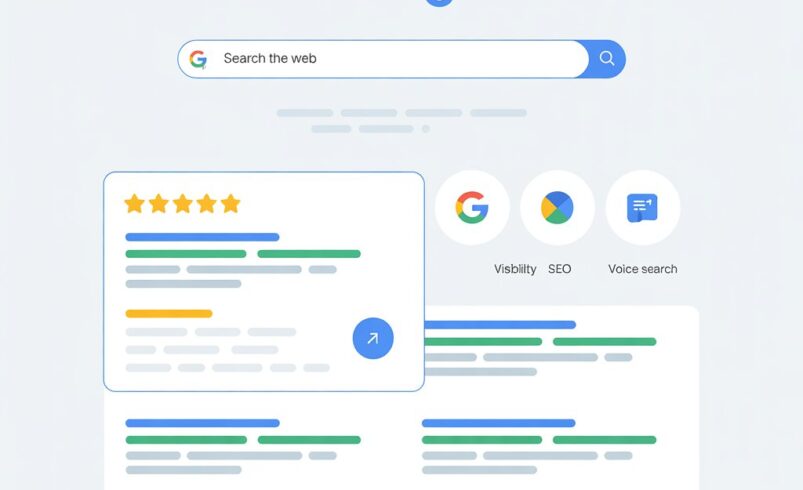How to Rank for Rich Snippets and Featured Answers
- May 12, 2025
- 0
In the evolving world of search engine optimization (SEO), ranking in featured snippets and rich answers has become one of the most coveted spots in Google’s search results.
In the evolving world of search engine optimization (SEO), ranking in featured snippets and rich answers has become one of the most coveted spots in Google’s search results.

In the evolving world of search engine optimization (SEO), ranking in featured snippets and rich answers has become one of the most coveted spots in Google’s search results. These features provide instant answers to users’ queries, boosting visibility and driving traffic to your website. But how can you ensure that your content ranks for these positions? This article will walk you through practical SEO strategies to help you rank for rich snippets and featured answers.
Before diving into how to rank for these positions, it’s essential to understand what they are:
Both rich and featured snippets are crucial for driving traffic and improving click-through rates (CTR). But how can you optimize your content to appear in these valuable spots?
Google’s primary goal is to satisfy the user’s search intent. Understanding what users are looking for when they search for a specific query is key to ranking for featured snippets and rich answers. There are three primary types of search intent:
Featured snippets often focus on informational intent. By aligning your content with the searcher’s intent, you increase your chances of being selected as a featured answer.
Featured snippets often pull content from well-structured pages. Here’s how to structure your content for success:
Schema markup is a code you add to your webpage to help search engines better understand your content. Using structured data makes it easier for Google to identify information that should be highlighted in rich snippets.
For example, creating a recipe blog can use schema markup to include cooking times, ingredients, and calorie counts. This increases the likelihood of your content being featured as a rich snippet in Google’s search results.
Google prefers high-quality content that fully answers a user’s question. The longer, more comprehensive, and authoritative your content is, the better your chances of ranking for rich snippets and featured answers. Here’s how to improve content quality:
Featured snippets often pull content that answers specific questions. Using question-based keywords in your blog posts or pages is an effective strategy to rank for these snippets. Some common question-based phrases include:
Incorporating these question-based keywords naturally into your content can increase the likelihood of your page being selected for a featured snippet.
Google uses mobile-first indexing, meaning it prioritizes your website’s mobile version in search rankings. Given that many users perform voice searches on mobile devices, optimizing for mobile is crucial in ranking for rich snippets.
Achieving a spot in rich snippets and featured answers is not a one-time effort; it requires ongoing monitoring and refinement. Use tools like Google Search Console and Google Analytics to track your performance in search results.
Regularly check which pages rank for rich snippets and featured answers, and refine your content accordingly. If your content is not selected, try tweaking it to provide more precise answers or use different keyword variations.
Ranking for rich snippets and featured answers is a powerful way to boost your visibility in search results and drive more traffic to your website. By understanding user intent, structuring your content correctly, using schema markup, and providing high-quality, relevant information, you can significantly improve your chances of appearing in these coveted positions. Stay consistent with your efforts, and continually refine your approach to SEO for the best results.